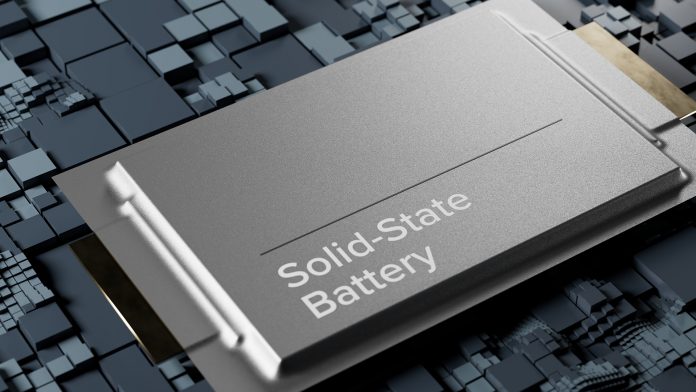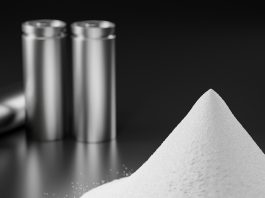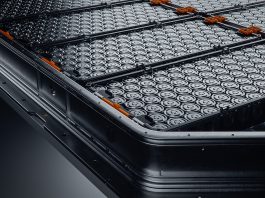At present, solid-state batteries are only used in a few niche applications – the FB2-SiSuFest consortium led by the University of Münster wants to change this.
They aim to use anode material produced on a pilot scale to develop realistic prototype solid-state batteries. The nanoparticle synthesis facilities at the Nano Energy Technology Centre of the University of Duisburg-Essen (UDE) provide the prerequisites for this.
The project builds on previous research papers about solid-state batteries.
The research alliance of renowned partners has received funding from the Federal Ministry of Education and Research (BMBF) amounting to €1.7m as part of the ‘Clusters Go Industry’ funding guideline as part of the FestBatt cluster.
The project began in December 2023 and will run until November 2025.
How do solid-state batteries differ from their lithium counterparts?
The structure of solid-state batteries is comparable to conventional lithium-ion batteries.
The difference in their name is the solid electrolyte instead of a liquid version. This offers three key advantages, which are:
- Solid-state batteries are smaller and, therefore, well suited for use in e-mobility;
- There are no organic compounds in the electrolyte, so they contain significantly less-flammable material; and
- They do not require environmentally harmful perfluorinated compounds, i.e., no so-called perpetual chemicals, which are barely degradable and accumulate in water and soil.
Silicon nitride: A possible alternative to lithium metal anodes?
Research within the cluster focuses on different variants of sulphide-based solid-state batteries as pioneering technologies.
Despite progress, some questions still need to be answered regarding the successful application of the high-energy lithium metal anode.
Silicon could offer itself as an alloy-forming active material. However, there are still challenges due to electrochemical and morphological instabilities.
The scientists, led by Professor Dr Hartmut Wiggers, used amorphous particles of modified silicon nitride (SiNx) as the anode material to store the lithium safely and overcome these issues.
“We developed this functional material by analysing its properties and clarifying the underlying mechanisms for the charging and discharging process,” explained Wiggers.
“From this, we realised that the special structure of the particles ensures very rapid distribution of the lithium in the storage material.”
Future uses of the research
Moving forward, the research network’s main objective is to develop innovative SiNx active materials further and evaluate them in composite anodes and sulphide solid-state batteries.
In addition to scaling up the production process, the researchers will address two further questions within the project: What is the ideal particle size for the anode material? And: What is the optimal Si to N ratio?









